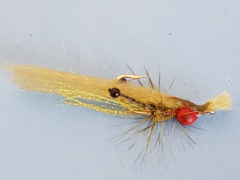Posts Tagged ‘Bonefish’
{{start}}
{{end}}

{{+1}}Christmas Island Special – chartreuse{{-1}}
{{start}}
In plenty of salt water fisheries the saying "if it's not chartreuse it's not any use" applies so it's no surprise that this fly is included in my top six CXI flies list.{{end}}
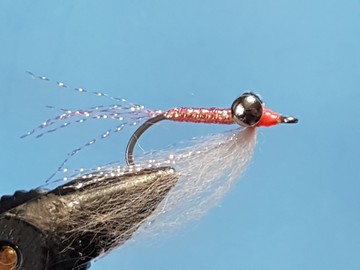
{{+1}}Christmas Island Special – pink{{-1}}
{{start}}
There are a lot of colour combinations of Christmas Island Special (CXI) flies that my mates and I have seen on our various trips to Christmas Island and Aitutaki. Some work sometimes and not others and some work more often than not. This is my list of CXI flies that more often than not consistently work.{{end}}
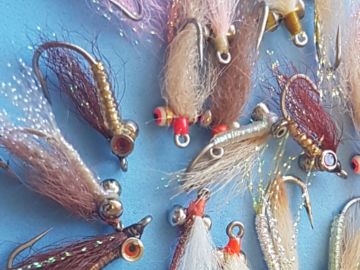
{{+1}}Christmas Island special{{-1}}
{{start}}
With just these seven colour each tied in two sizes and a couple of weights you will be ready for some fantastic bonefish sessions on the flats. Christmas Island Special in: Pink, Pearl, Orange – rich, Orange - light, Violet, Chartreuse & Yellow.{{end}}

{{+1}}Rubber legged olive gotcha{{-1}}
{{start}}
This is a popular rubber tailed Gotcha type fly which is very similar to other peoples ties. It has it's place in your bonefish fly box for those occasions where the bones shy away from the bright colours of most other bone fish flies.{{end}}
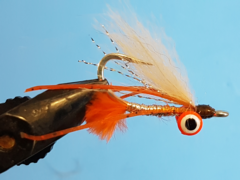
{{+1}}Aitutaki secret{{-1}}
{{start}}
This is a popular rubber tailed Gotcha type fly designed by Christopher Hall, an Aitutaki regular for targeting big bonefish.{{end}}
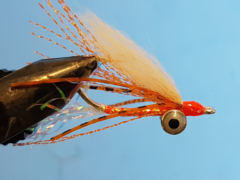
{{+1}}Rubber legged gotcha – orange & pearl{{-1}}
{{start}}
If your heading off on a fishing trip the gotcha fly in a few colour combinations and a couple of sizes should definitely be included in you fly box. I was looking at the Fulling Mills bonefish flies and one of them was predominately orange with a pearl body ... this is my version of that combination. It doesn't matter if it's fresh or salt water orange is one of those trigger colours for fish.{{end}}
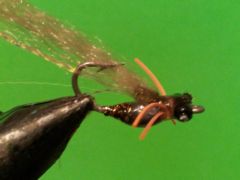
{{+1}}Bonefish shrimp{{-1}}
{{start}}
Bonefish are an amphidromous species which means they migrate from fresh to salt water or from salt to fresh water at some stage of the life cycle other than the breeding period. They live in inshore tropical waters and moves onto shallow mudflats and sand flats to feed with the incoming tide. Adults and juveniles may shoal together, and they may be found singly or in pairs.{{end}}














